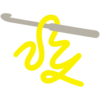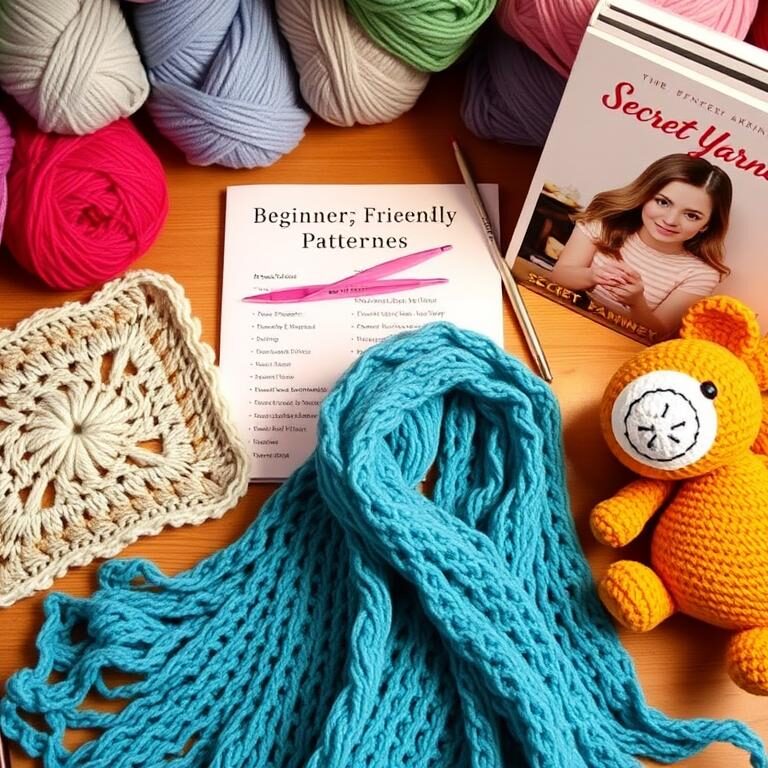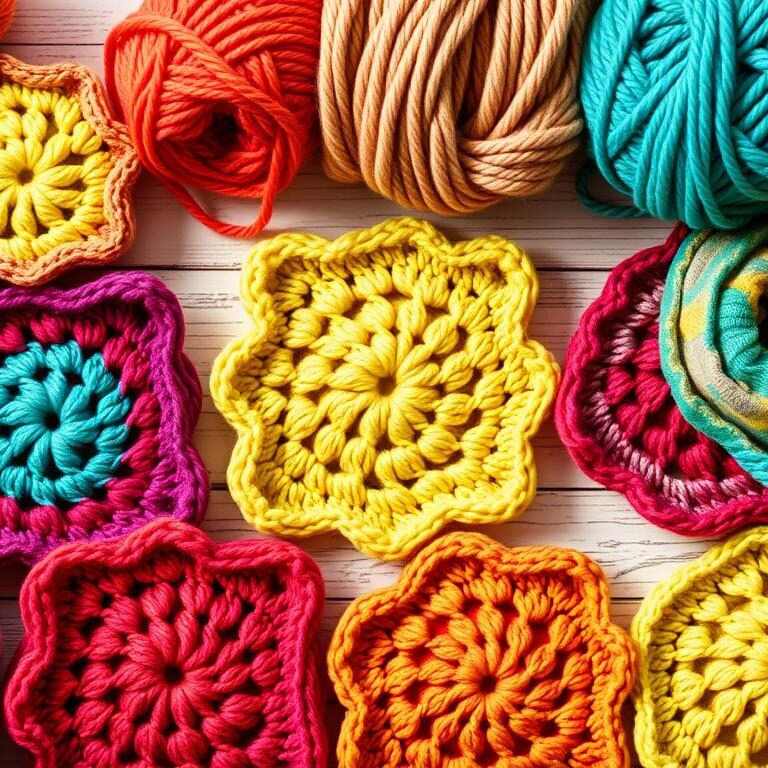The Tammy Sweater – Easy Crochet Sweater for Beginners 2024!
The Tammy Sweater: Easy Crochet Sweater for Beginners The Tammy Lethbridge Breast Cancer Awareness Sweater is an easy crochet sweater for beginners, making it perfect for first-time sweater makers. What sets this sweater apart is its simplicity and flexibility—it’s made based on your body measurements, so you get a custom fit every time. You can…










